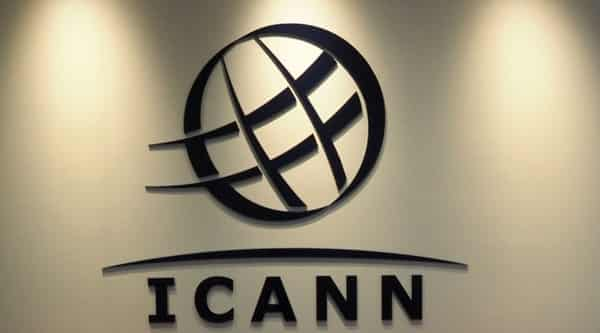The Internet Corporation for Assigned Names and Numbers (ICANN) has revealed that 52 per cent of marketing leaders believe generic top-level domains (gTLDs – the three characters or more that come after the dot in a URL) have strong potential for enhancing brand presence online, however, a knowledge gap is preventing many brands from taking advantage of the opportunities that a gTLD can bring.
The research surveyed over 2,000 marketing leaders across eight countries (Brazil, China, India, Mexico, Nigeria, South Africa, the U.K., and the U.S.) with the purpose of creating a picture of the evolving digital marketing landscape and understanding the levels of awareness around gTLDs.
This comes as ICANN prepares to open the next application window for new gTLDs in April 2026 – the New gTLD Programme: Next Round – the first opportunity in more than a decade for organisations to apply to operate their gTLD.
Top-level domains are the letters found at the end of an Internet address (with gTLDs including .charity, .menu, .paris and .ceo). Brands can apply to run their gTLD as a way to indicate the purpose of their organisation or to mark a website as being related to their brand. The research showed that increasing brand awareness and visibility is the top priority for marketing leaders (54 per cent) and that over half believe that gTLDs have strong potential for enhancing brand presence online. However, the research also showed that almost a third (32 per cent) of marketing leaders surveyed are unfamiliar with gTLDs, which suggests that operating a new gTLD may be a strategic opportunity that many organisations are currently overlooking.
The research revealed other things including that after defining a gTLD, 92 per cent of marketing leaders responded that they could see the potential benefits to gTLDs, with enhanced brand differentiation (46 per cent), improved customer trust (45 per cent), better control over online presence (44 per cent), and improved SEO (44 per cent) topping the list.
19 per cent of marketing leaders work for organizations that have previously applied for a gTLD. Cost concerns (31 per cent), knowledge gaps (27 per cent), and insufficient resources (24 per cent) were identified as the main barriers to application.
The research revealed notable regional variations, with Nigerian (74 per cent) and Indian (61 per cent) marketing leaders showing the strongest belief in gTLDs’ potential for branding and online presence. In contrast, marketers in China expressed more mixed views, with 50 per cent seeing strong potential but 49 per cent considering gTLDs an unnecessary investment with unclear Return on Investment.
The findings come at a time when marketing leaders are facing significant challenges in standing out from competitors (53 per cent), attracting and engaging the right audience (52 per cent), and keeping pace with digital trends (47 per cent).
A new gTLD can be an innovative tool for commerce and communication. They allow businesses in specific countries, sectors, or niche markets to create an exclusive, descriptive, and memorable label on the Internet.
SVP, Global Domains & Strategy, Theresa Swinehart, said: “The New gTLD Program: Next Round presents an opportunity for businesses, communities, governments, and others to apply to operate their own secure space online, tailored to fit their organisation, community, culture, language, and customer interests. Now is also the moment for brands to consider applying for a gTLD, and this research tells us there is still a lack of awareness. ICANN can help provide information and raise awareness of the Next Round and the opportunity it presents for global communities, organisations, and businesses, including brands.”
ICANN reveals gTLDs’ potential in strengthening brands despite knowledge gap






